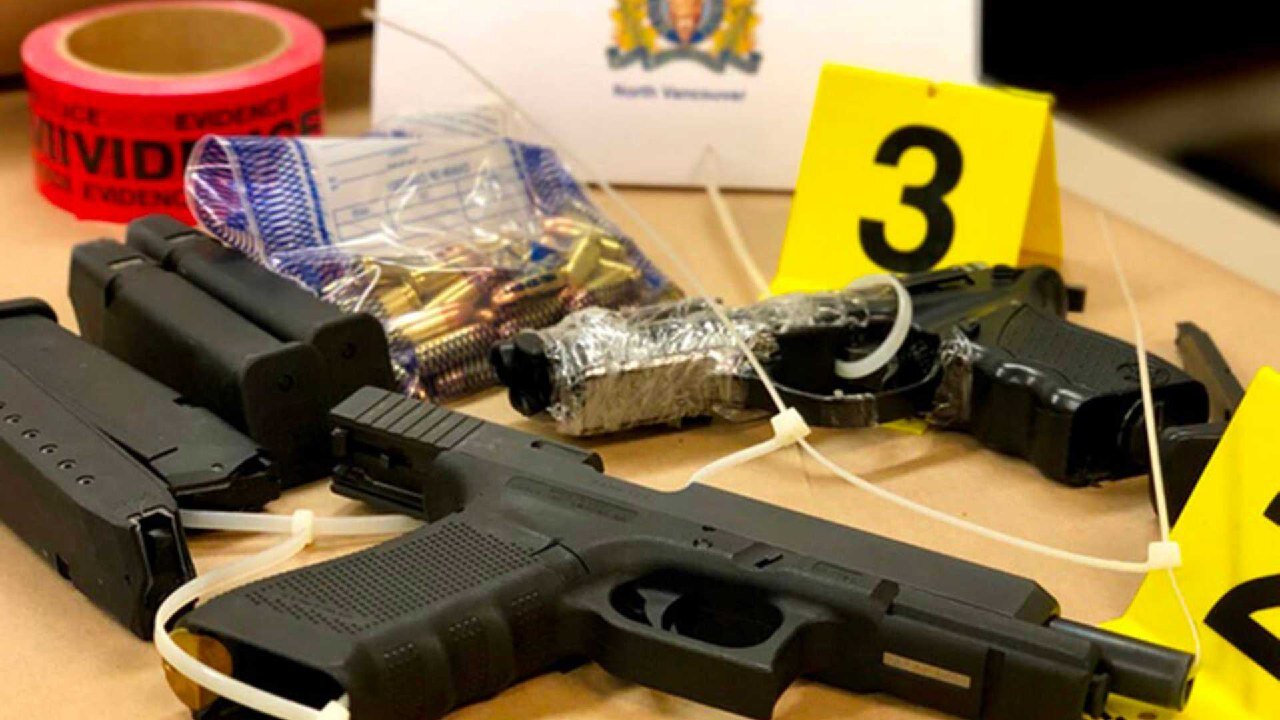Written By Roderick Karl G. Addun, Posted on June 2, 2020

Canadian firearm ownership has been a long-standing contention for the country because of jurisdictional disputes on whether firearms ownership is considered as private property or federal criminal issue. Despite the Canadian Federal Government’s measure to restrict private firearm ownership through the Firearms Act (1995) and the current Federal Liberal government’s new “Assault weapons” ban, the market for illegal firearms has become popular for criminal use.
According to the Canadian Department of Justice, illegal firearms can be obtained from either smuggling, which is the majority of unlawful firearms purchases in Canada; theft, which is breaking-into a legitimate firearms owner’s home; and illegal manufacturing, which is commonly known as “ghost guns” that either has forged or bogus serial numbers.
Despite all three methods to obtain illegal firearms, however, theft is the most uncommon because there is no evidence to suggest burglars target houses with guns in the vicinity. Hence, illegal manufacturing and smuggling are considered both the most common methods in obtaining illegal firearms, which are also linked to drug crimes – according to media reports.
In a 2018 report, Toronto law-enforcement has raided an illegal firearm manufacturing facility in which the authorities were able to seize 1.2 kilograms of cocaine, 30 grams of methamphetamine, 13 grams of heroin, 66 fentanyl tablets and $85,000 in cash, as well as property and four vehicles.
While on a recent report, Dawson Creek RCMP raided a drug facility on May 22, 2020, and seized 2 kilograms of Cannabis Marijuana derivatives, 497 oxycodone pills, 46 blots of LSD, 90 grams of MDMA, 112 grams of psilocybin (“Magic Mushrooms”), 7 grams of Cocaine, a .22 calibre handgun and 12 gauge shotgun with both respective ammunition, a heated electronic press, an electronic money counter, and $1800 in Canadian currency.
Given how the illegal firearm market is directly linked with Canada’s illegal drug trade, how exactly do both illegal firearm manufacturing and smuggling work?
In illegal firearm manufacturing, firearms parts are either smuggled from the United States, which a fully operational firearm may also be an option; or fabricated, which an illegal firearm manufacturer may only need a knowledge of gun smiting and forging – which tools for both trades are readily available for purchase through online or specialty shops across Canada.
While smuggling consists bringing fully operational firearms from the United States either through unmanned means, which drones are used to deliver illegal firearms and drugs across the US-Canada border; or carried by non-habitual criminals or small groups from either the US or Central America, according to a CSIS report from 1995 – which may been expanded since then.
According to Statistics Canada, most firearm crimes in the country are committed with handguns at 50 percent, while crimes with rifles and shotguns are at 37.6 percent. Crimes with “other” firearms are at 36.4 percent per 100,000 population respectively across Canada, which means that criminals prefer to manufacture or smuggle handguns because of their compact nature illegally.
Considering the information given, what can law-abiding Canadians do to protect themselves against criminals with guns?
According to a previous National Telegraph article, Canadian gun owners share their concerns about the Liberal Federal Government’s recent ban on “Military Style” weapons, which are “designed to kill the largest number of people in the shortest amount of time.”
However, the article points out that “Military Style” can be considered as a loose term the Liberal Federal Government can use to justify complete Canadian gun ban through a “buy-back” program, which does not make sense since the Canadian government would be purchasing firearms with tax dollars – in turn creating a Canadian legal firearm owner purchase his/ her weapon twice.
Despite police efforts to improve response times, Edmonton Police Chief, Dale McFee, has admitted that “emphasizing and improving on police response times is not the answer.” Hence, it also gives another point of contention for Canadian firearm advocates that law-abiding Canadians need the means to protect themselves.
Although Canadians must run in the face of crime and respond with reasonable force with cornered to defend him/ herself, law-abiding Canadians need to have the right to bear arms to quickly deescalate a situation against criminals who seek to do him/ her harm. Thus, despite not being exclusively stated in the Canadian Charter of Rights and Freedoms, Canadians must also have the right to live independently from criminal malice.
My thoughts: as Benjamin Franklin once said, “Those who give up freedom in exchange for safety deserve neither and should have both be taken away.” The relevance of Franklin’s statement still holds today because no matter how restrictive Canadian firearms regulations maybe, criminals will always find a way, and citizens will always be left defenceless in the face of criminal action because of overwhelming government restrictions.
Hey there You have done a fantastic job I will certainly digg it and personally recommend to my friends Im…